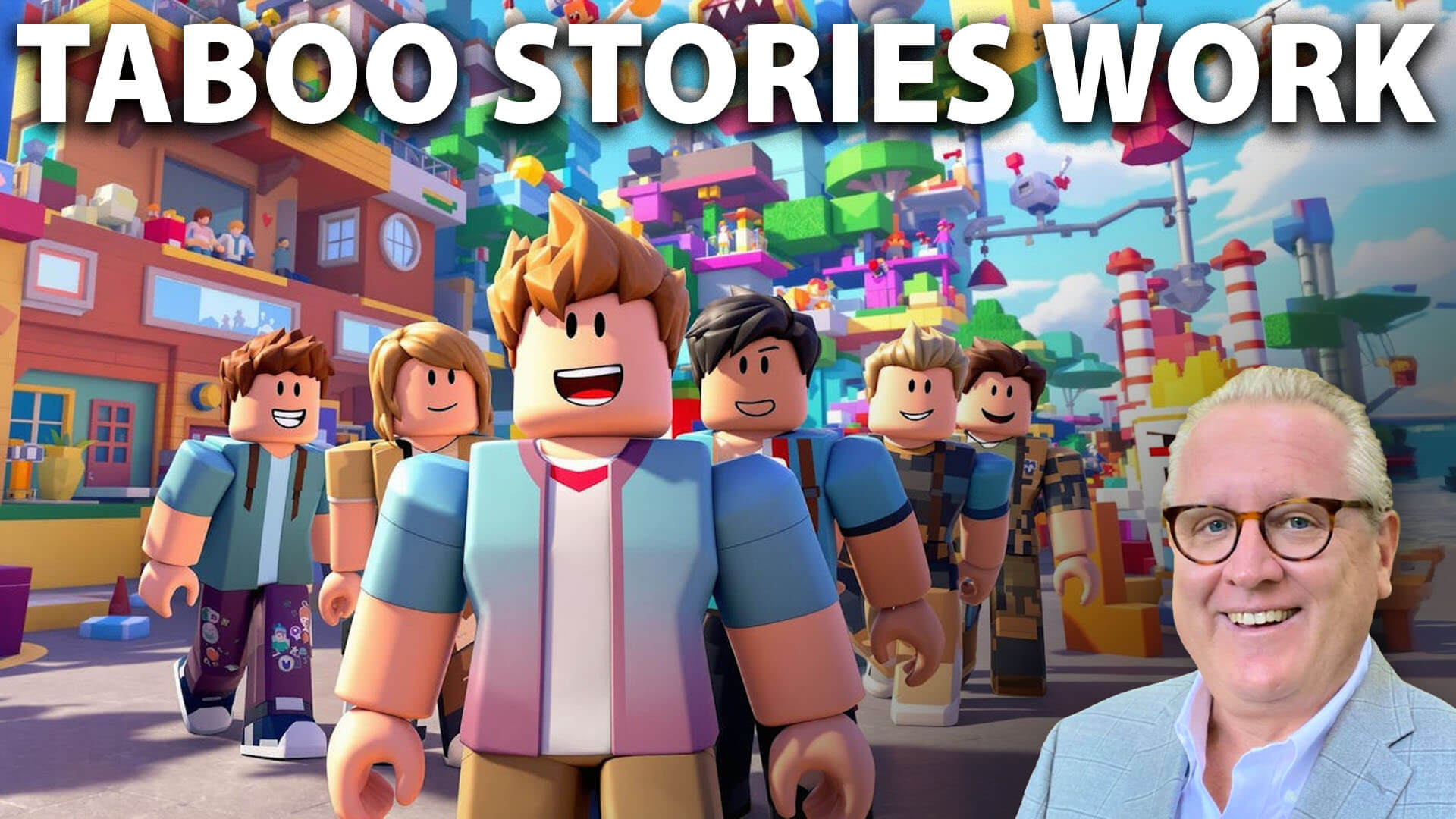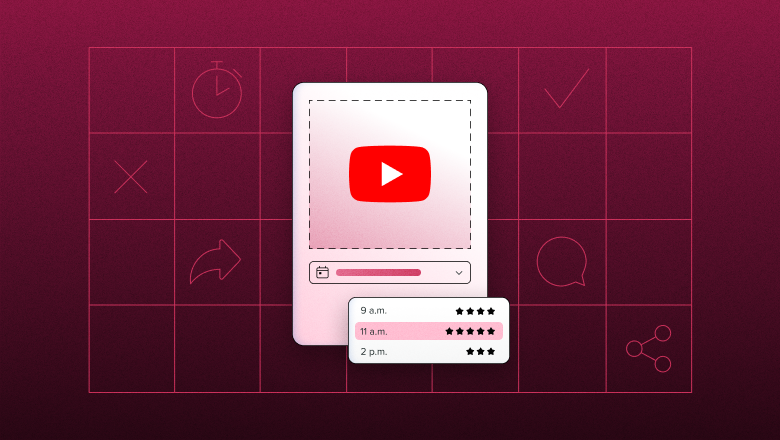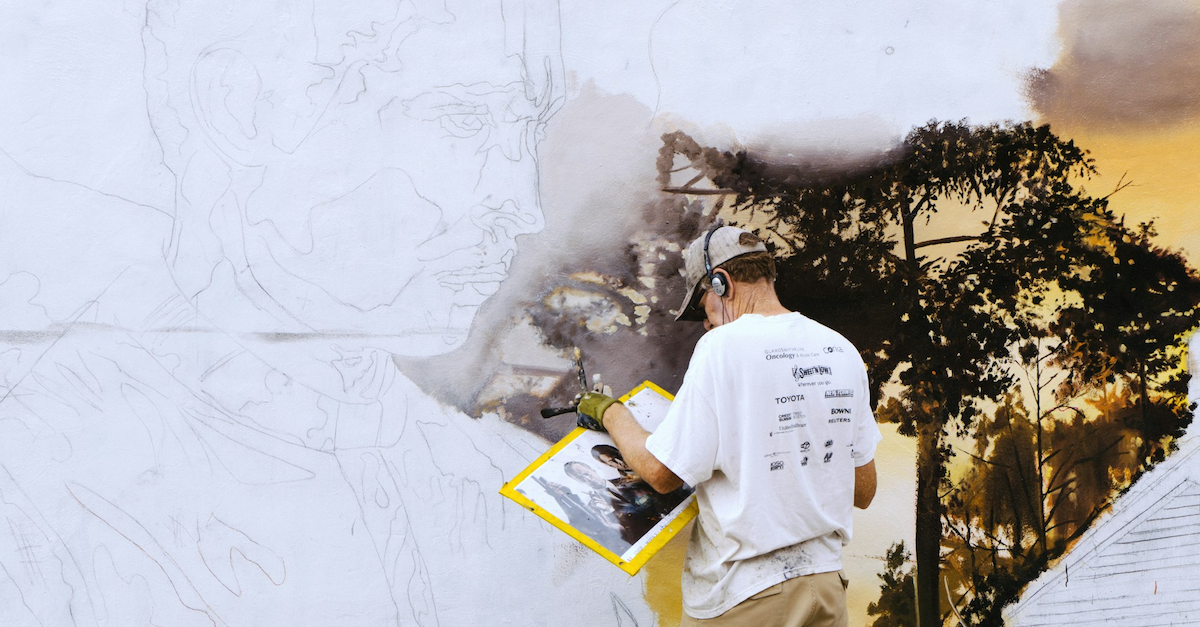How to Deal With Rejection: Celebrate!
One author believes that celebrating your rejections is part of how you take your power back.


Today’s post is excerpted from Stop Waiting for Perfect by L’Oreal Thompson Payton (@ltinthecity), published by BenBella Books.
Throughout the years, I’ve learned that the first step toward many of the Big Hairy Audacious Goals we have “only” requires five seconds of courage. We’ve got only in quotation marks here because, well, as you know, life is never that simple, my friends.
But think about it. Sometimes you’re just one submit button away from a life-changing fellowship. Or one phone call away from a contact that could land you your next gig. The possibilities are endless, but first you have to, ya know, do The Thing. Of course, if you put yourself out there, rejection is inevitable. It’s also subjective, but that doesn’t make it hurt any less.
Case in point, shortly after giving a friend a pep talk about rejection being part of the writing process after an essay she’d pitched was deemed “not a great fit,” I received a rejection myself, this time for a literary retreat for writers of color I so desperately wanted to attend. That one stung.
It was time for me to take my own advice and remind myself that not only is rejection part of the process, it can be a blessing. Or as my Twitter peeps (tweeps?) often share, “Rejection is protection.”
There was definitely a time when I didn’t believe this. The heart wants what it wants, y’all. So it never helped when my mom would try to make me feel better by saying, “What’s meant for you won’t miss you” until I got old enough to understand she was right, as much as it pains me to admit.
When I look back at the jobs and opportunities I’ve lost, it was always God setting me up for something bigger and better. In these instances, my setbacks really were a setup for my comeback. But that doesn’t mean I go running toward rejection with open arms. I’m not that evolved.
One way I’ve learned to reframe rejection is by celebrating it. Yes, you read that right. I know it may seem counterintuitive (we’re conditioned to celebrate wins and shroud our losses in secrecy and shame), but I believe celebrating your rejection is part of how you take your power back.
So without further ado, a quick recap of some of my greatest rejections of all time (in no particular order):
- Rejected from Georgetown University for undergrad
- Rejected from my dream internship—twice
- Rejected from University of Maryland for grad school
- Rejected from Jet—twice
- Rejected by four literary agents while querying this book
- Rejected by an independent feminist media company for an executive director position
- Rejected from a literary retreat for writers of color
- Rejected for a staff writer position at an outlet I was already freelancing for (that one still doesn’t quite make sense to me)
- And rejected by another publisher that passed on this book (their loss).
That’s not even counting all the pitches and book queries I’ve sent into the ether over the years that received no response at all. It feels like … a lot. But then I think back to a post I read about a writer who aims for at least 100 rejections a year because in order to reach that number, you have to put yourself out there, and that’s worth celebrating in its own right.
Another reason I recommend celebrating rejections is because it means you tried. You did a brave thing, a new thing. You took a risk, and it didn’t work out this time. But so many people talk themselves out of even trying. It’s easy to play it safe, play it small, and not put yourself out there. But the real magic—the real good dope stuff—happens outside your comfort zone.
To help you bounce back from your next rejection (because if you keep trying and keep growing, rejection is inevitable, friends), here’s my four-step recovery plan.
Step 1: Throw yourself a pity party
Listen, I’m always one for a good pity party. The more pitiful, the better. I’m talking about eating a pint of Jeni’s ice cream straight from the container while watching The Real Housewives of Potomac reruns with Chinese food on the way via DoorDash and a bottle of rosé nearby. And if you really want to up the pity, consider throwing yourself an actual party complete with party hats and those cute little drink straws. This type of “Go Big and Go Home” mentality works especially well for major rejections, such as failing the LSAT, getting rejected from a fellowship, or breaking up with your partner (even if you’re the one who initiated it).
Give yourself permission to sulk, but set a time limit on it—whether it be two hours, one day, or one week. We must take time to not only acknowledge, but honor our feelings. The crucial part is not letting your pity party morph into a self-loathing spiral. If you don’t trust yourself to get out of said spiral in a timely fashion, enroll the help of a good friend to check in and make sure you’re OK. Your feelings are important, but they do not own you. Reclaim your power.
Step 2: Ask for feedback
I know, I know, you don’t necessarily want to thank the person who rejected you, but it’s important to:
- Show gratitude for the time and energy they spent interviewing you/reviewing your application/getting to know you;
- Not burn any bridges (you never know, their top candidate may not work out); and
- Determine what you need to work on or what you want to do differently next time.
Not everyone is humble (and mature) enough to ask for feedback, so this will automatically make you stand out to the recruiter, hiring manager, editor, etc. Understand, however, that everyone won’t be able to provide thorough feedback and not all feedback is good feedback. You’ll definitely want to take any and all advice with a grain of salt. Take what you need, or what is applicable to your situation, and leave what you don’t.
Step 3: Apply the feedback
Now it’s time to conduct your own assessment. Evaluate what went well and identify areas of opportunity. Not sure where there’s room to grow? Ask a trusted friend or colleague to tell you the truth, and not one who’s going to constantly tell you you’re the greatest thing since sliced bread (OMG, it’s happened! I’ve officially completed the transformation into my mom).
This is where an accountability buddy (or accountabilibuddy, as I like to call them) comes in handy because they not only encourage you, they hold you accountable (duh) for your actions, both good and bad. A good accountabilibuddy will hold your hand; a great accountabilibuddy will call you out on your shit (with love). Find yourself a friend who can do both. Then apply your learning to the next application, interview, or whatever you’ve decided to try.
Step 4: Dust yourself off and try again
You tried, you failed, and now it’s time to put yourself back out there. This is the part where so many people get stuck. Will you allow self-doubt to prevail, or will you shake it off, trust your dopeness, and confidently walk back in the ring like the boss that you are? The choice is yours.













.jpg)























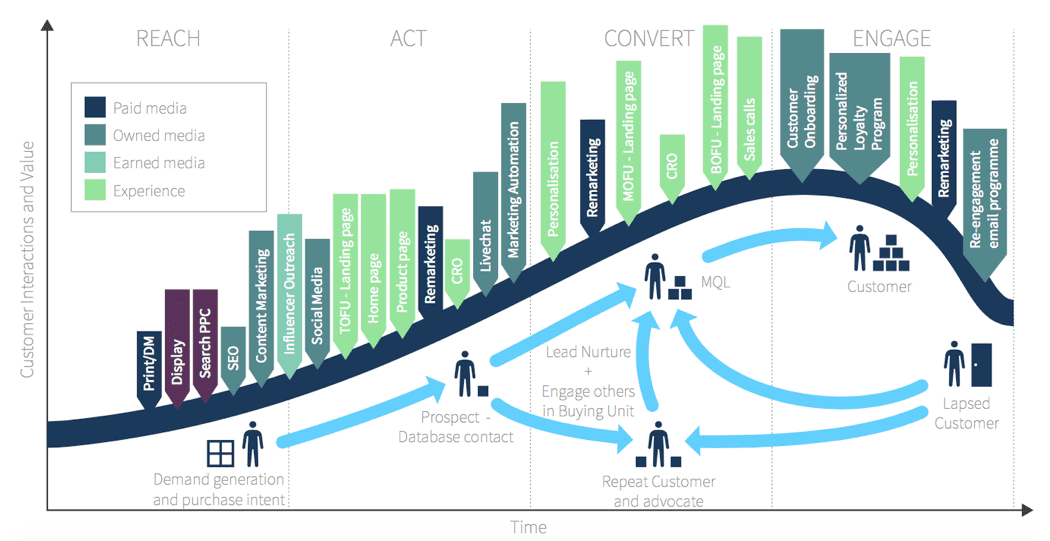
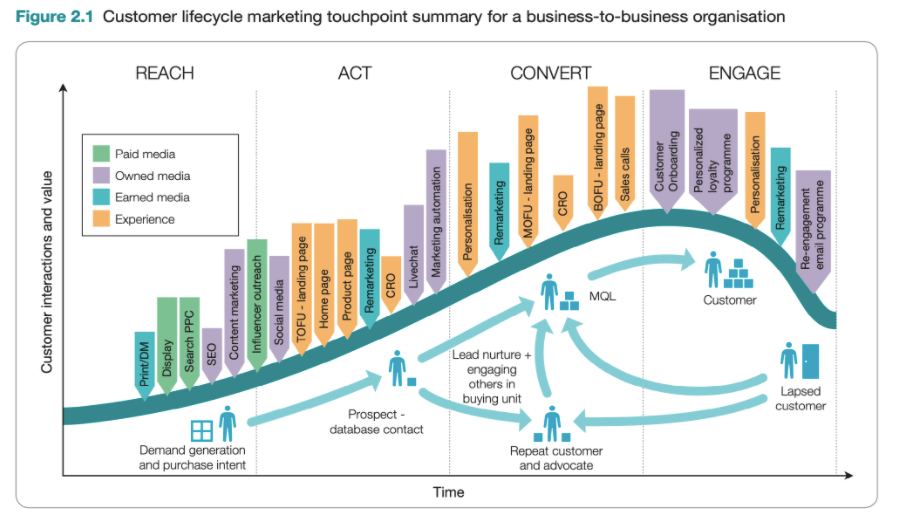
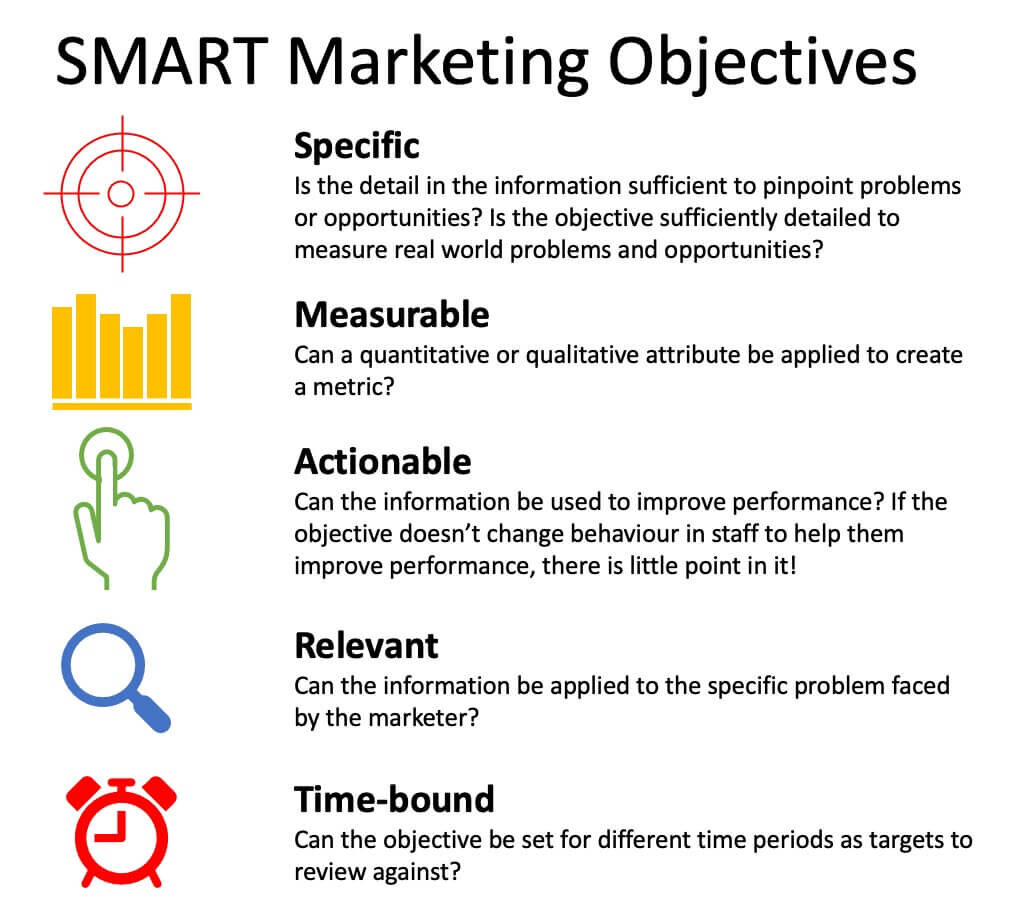
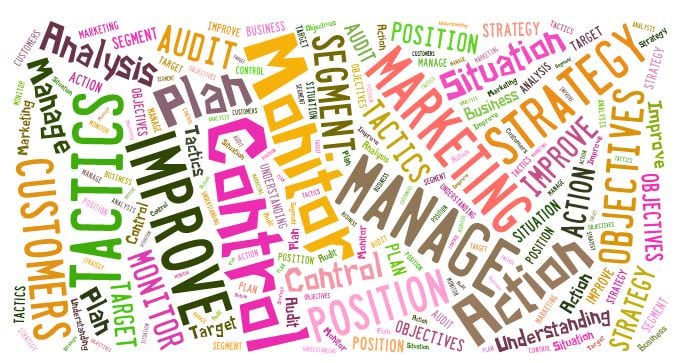


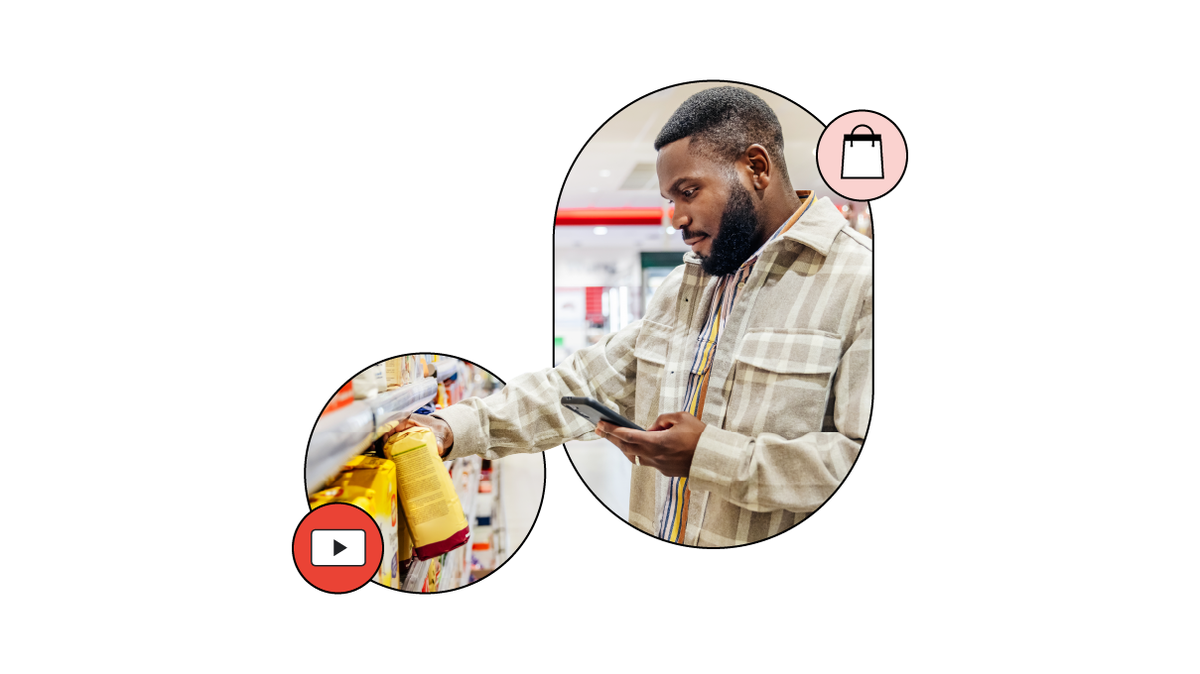





![How Marketers Are Using AI for Writing [Survey]](https://www.growandconvert.com/wp-content/uploads/2025/03/ai-for-writing-1024x682.jpg)

















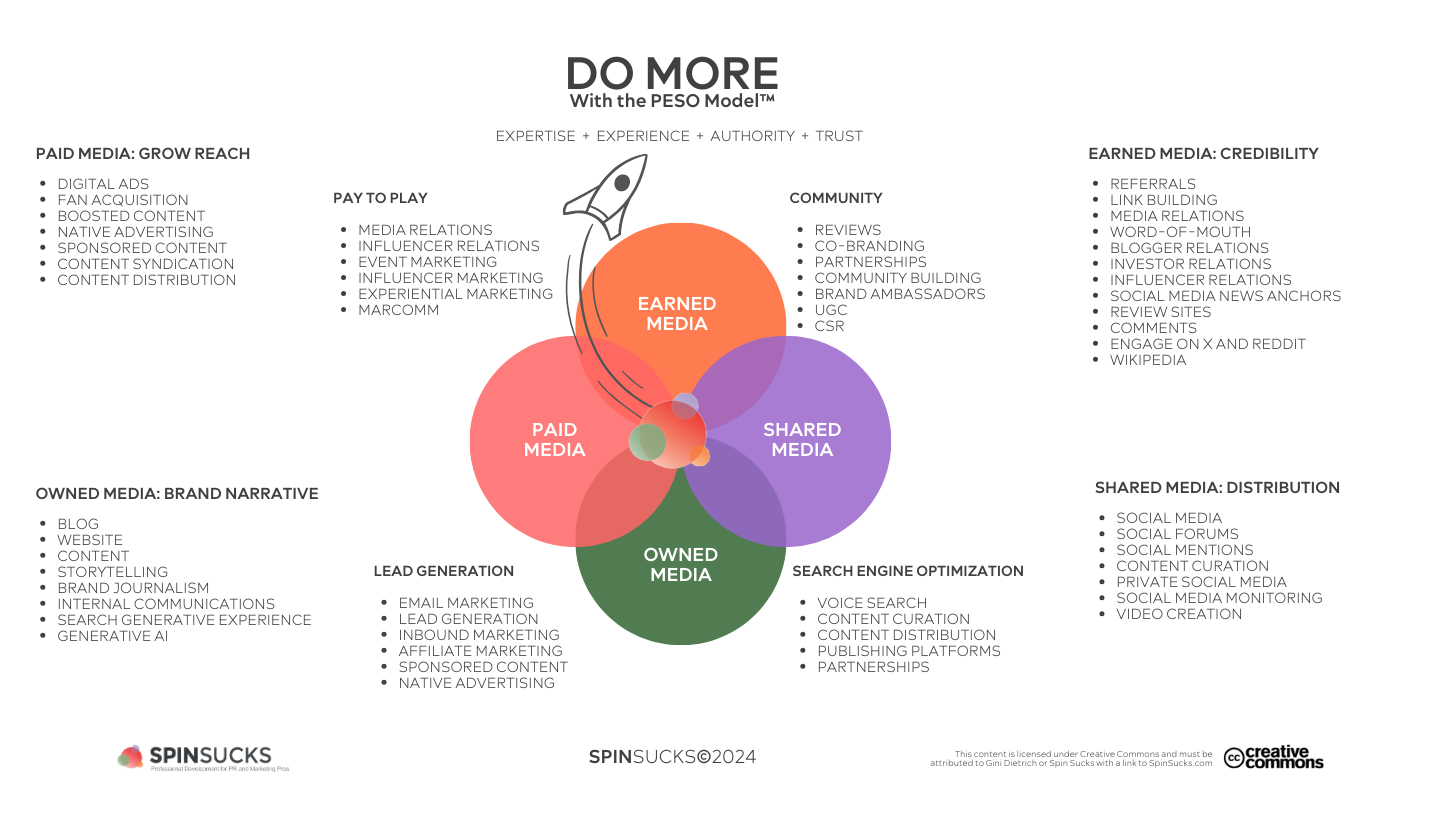
































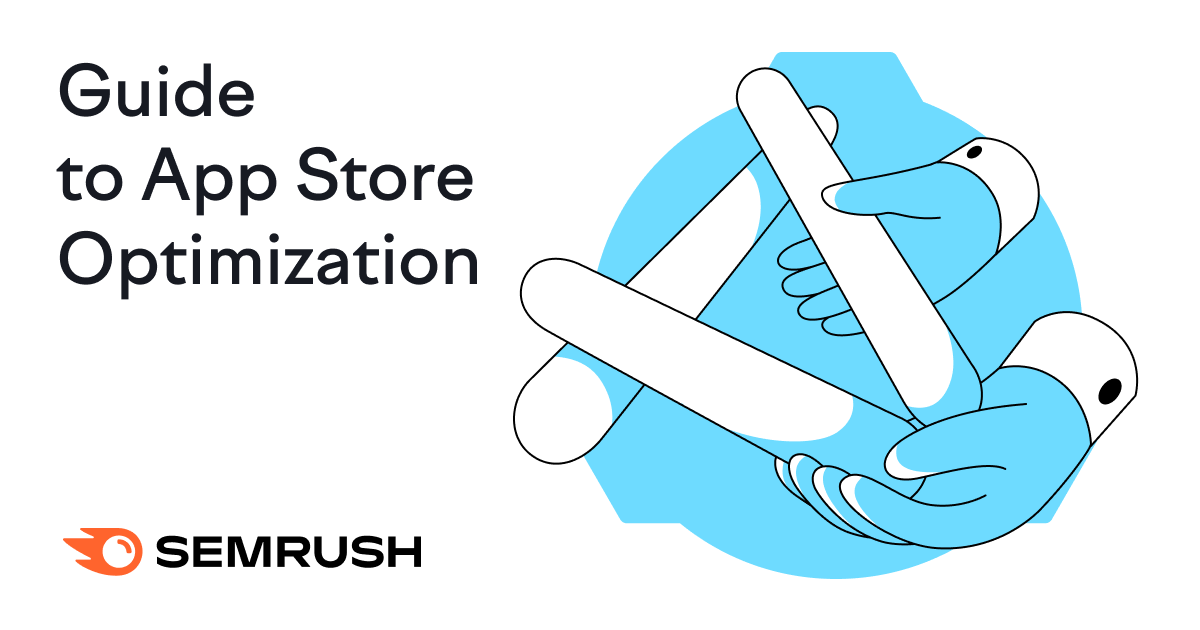






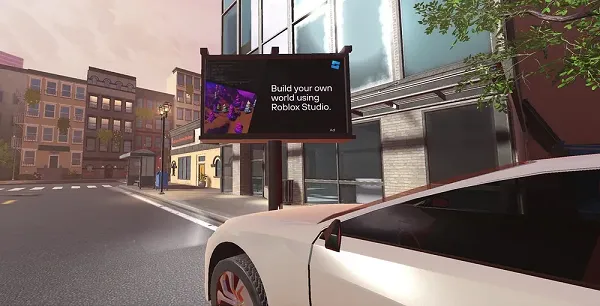
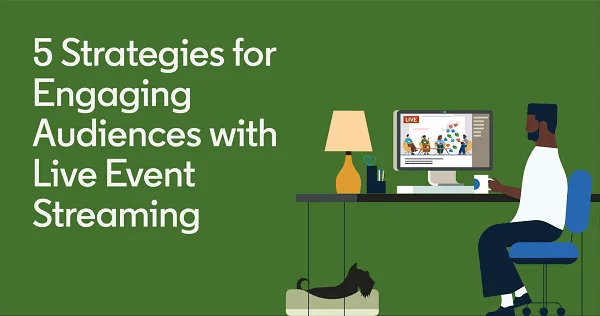











![311 Instagram caption ideas [plus free caption generator]](https://blog.hootsuite.com/wp-content/uploads/2022/07/instagram-captions-drive-engagement.png)



![Here’s Why Integrated Marketing Is So Effective [+ Best Practices]](https://www.hubspot.com/hubfs/Untitled%20design%20%2830%29%20%281%29.jpg)





